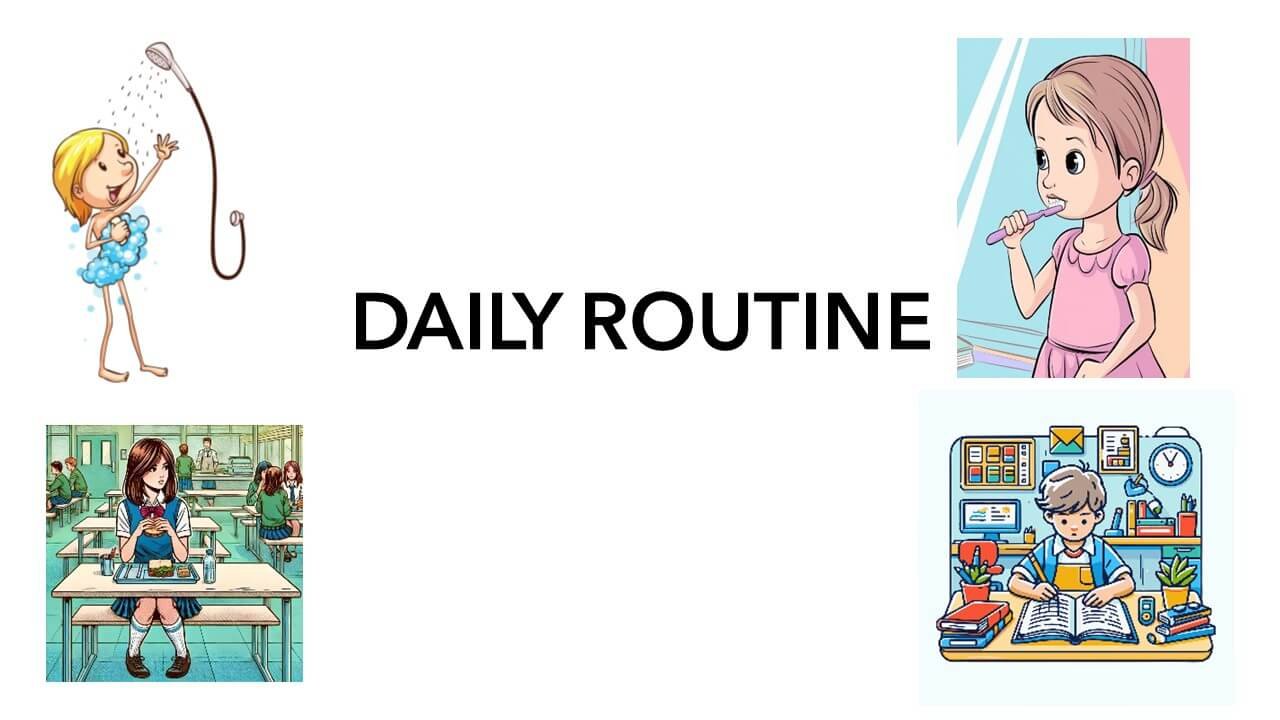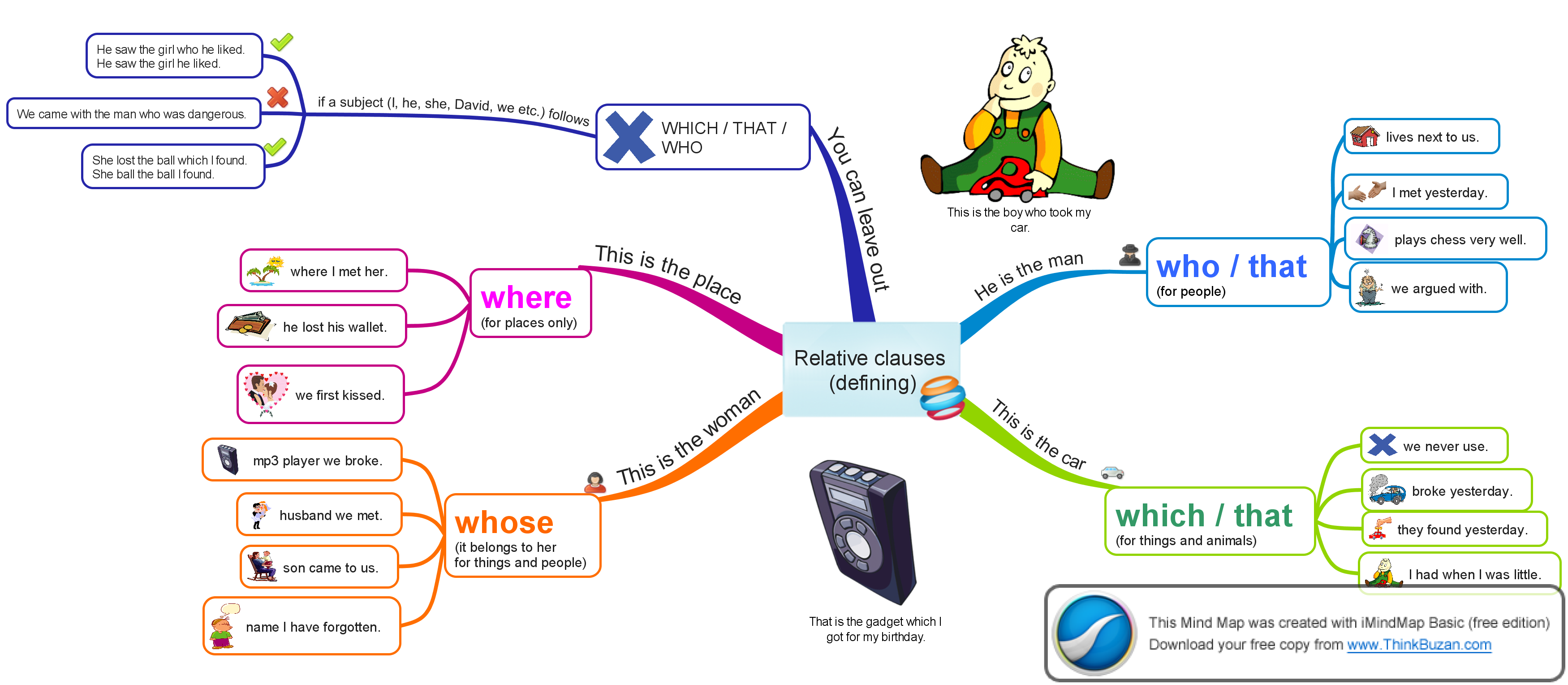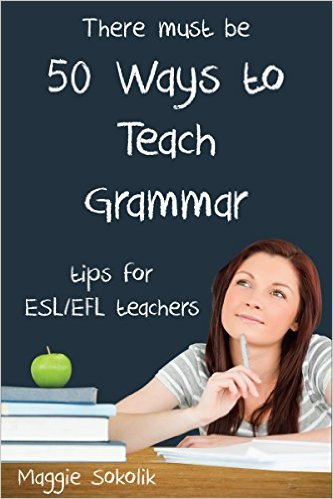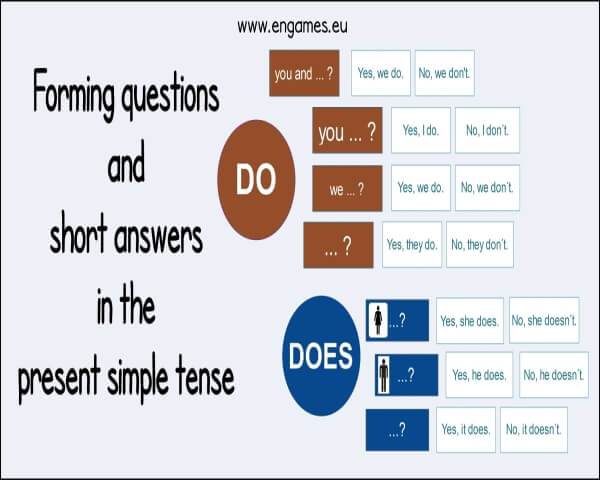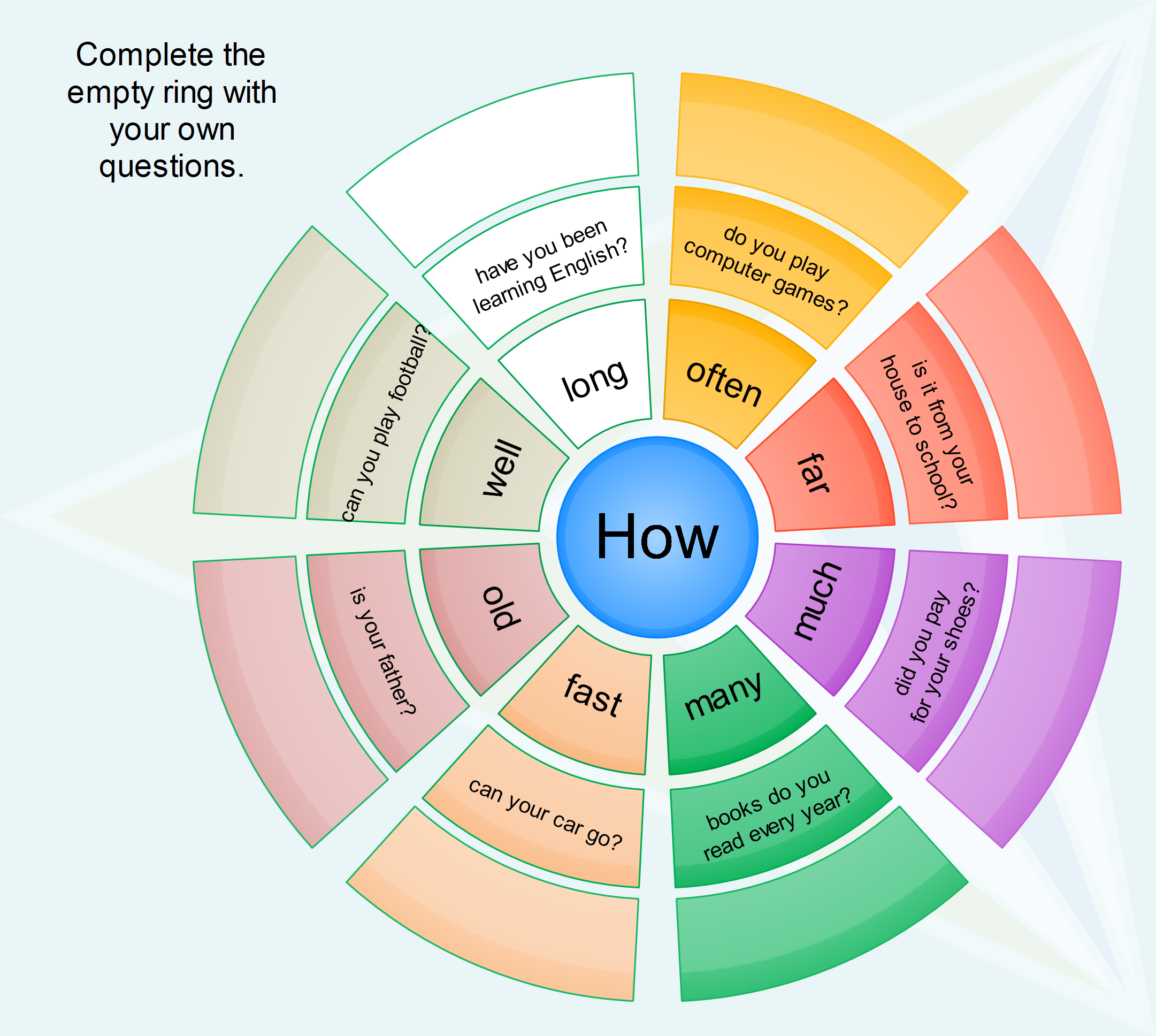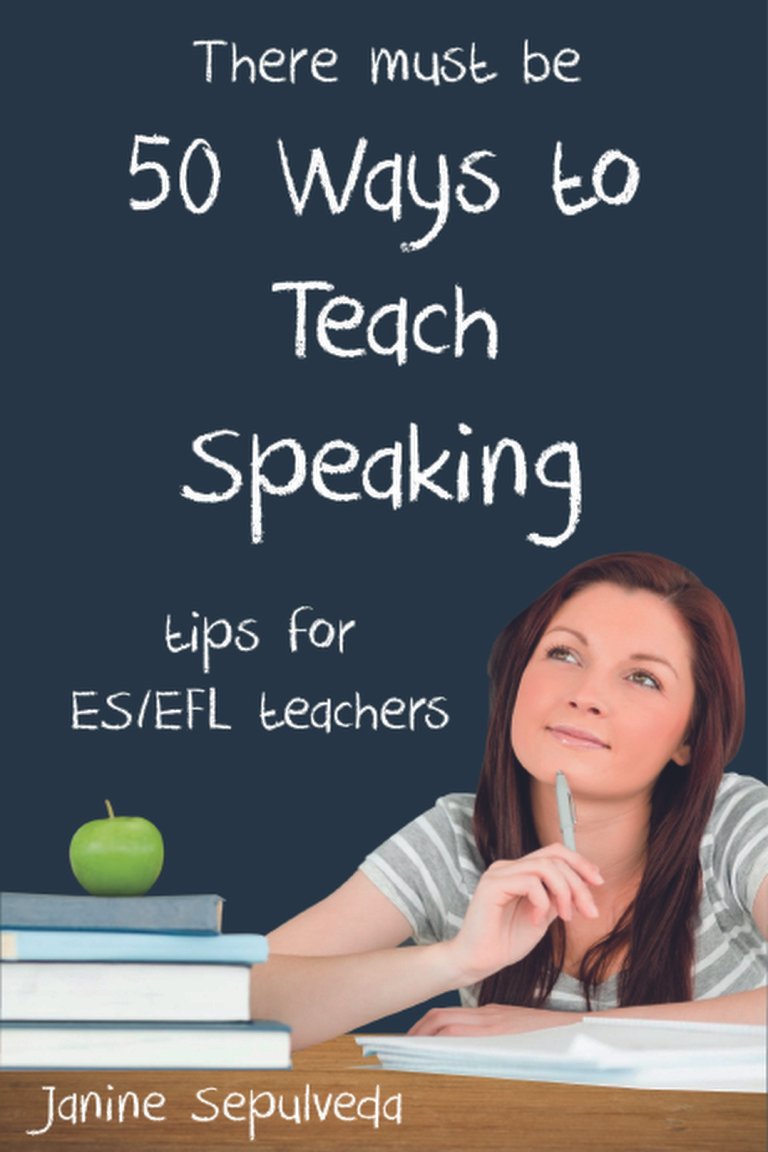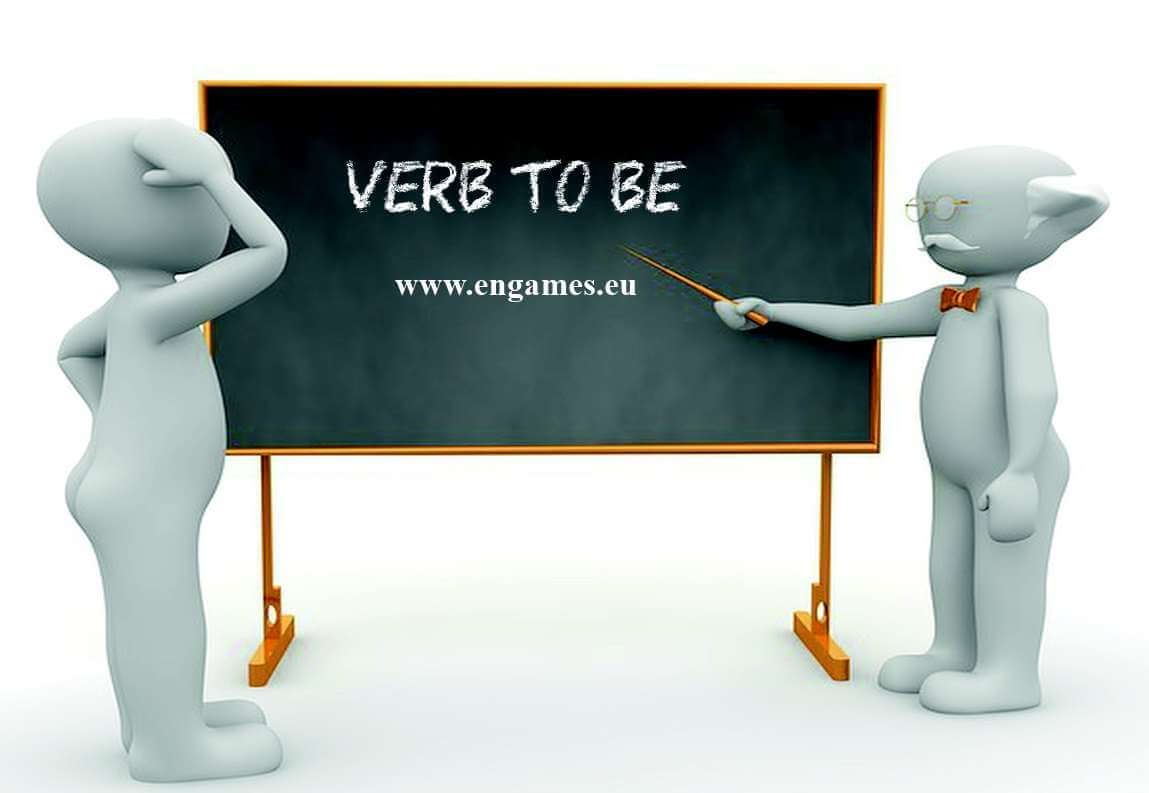Engaging Activities to Teach Present Simple and Daily Routines
As an English teacher, I’ve discovered a few activities that work very well when teaching the present simple tense and daily routines. In this post, you will find some tried-and-tested methods I’ve used to help my students learn these.
Vocabulary Video
This video introduces students to 16 common phrases in the present simple tense while reinforcing telling the time.
How it works?
The video alternates between sections where students simply repeat the phrases (in groups of 4) and sections where they are prompted to recall and say the phrase before hearing the correct answer.
After just 10 minutes, I guarantee that your students will have mastered at least half of the new phrases for daily routines.
The Board Game
Students love this activity because it is fun, competitive and engaging.
Setup:
Print the game board (preferably one for each pair of students) in color. Cut out the answer key and give one to each pair or group of three. Each group needs the game board and the key.
How to play
Hand out dice and tokens. Each student places their token at the start of the board (before the first image). They roll the dice and move their token accordingly. Wherever they land, they must say a correct sentence using the image on the board. The other players check the answer using the key. If the answer is incorrect, the player must return to their previous spot. The first student to reach the finish wins.
To avoid students completing the game too quickly, I’ve added a rule:
- If the dice shows 1-3, the player moves forward 1 space.
- If it shows 4-5, they move 2 spaces.
- If it shows 6, they move 3 spaces.
This slows down the game and encourages more speaking practice.
Speaking Practice
The game board can also be used for a simple speaking exercise.
How it works
Students work in pairs. One takes the game board while the other uses the key. The student with the board tries to say the correct sentences, and the one with the key checks their answers. If they make a mistake, the roles switch, and the second student continues from where the first left off. This rotation continues until the students either finish the board or the teacher ends the activity.
